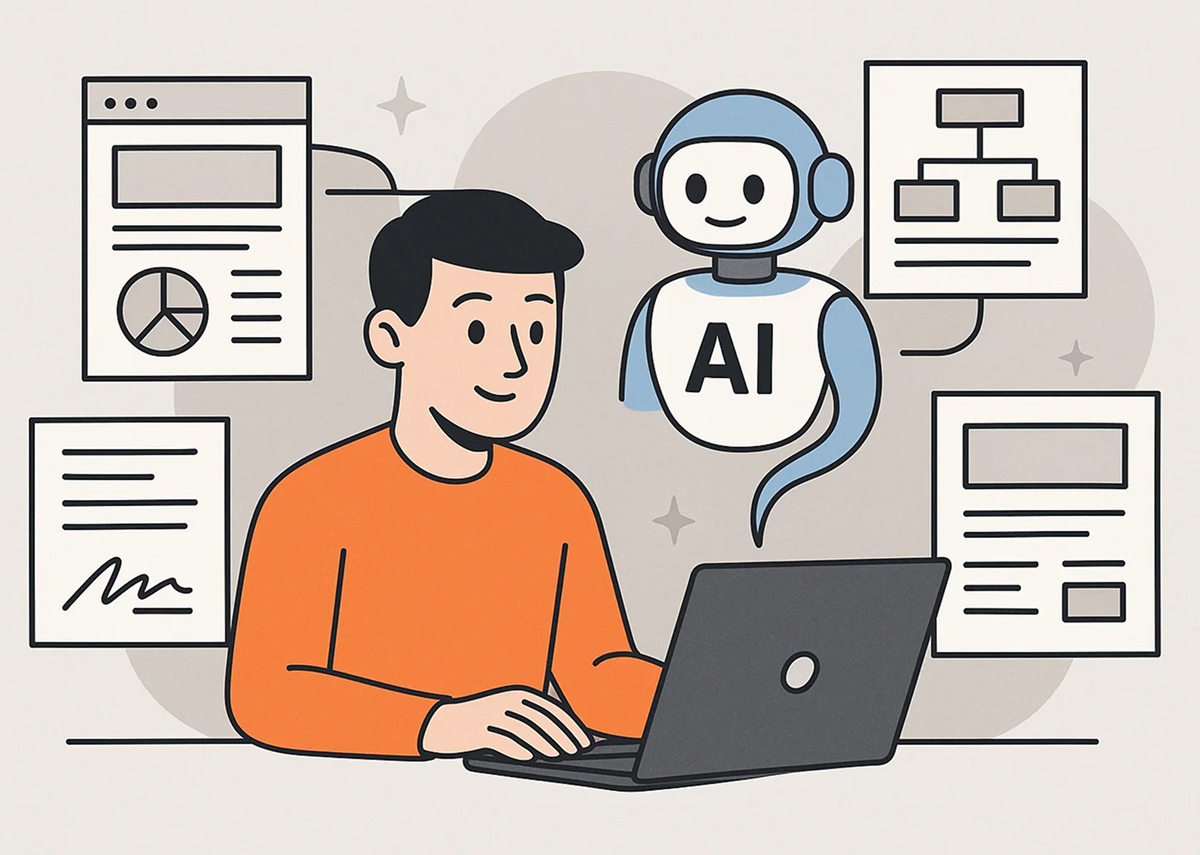
Training AI used to mean fine-tuning a complex model, hiring machine learning engineers, and spending weeks preparing data. Not anymore.
Today, modern AI sales agents like Remo can be trained in minutes — using documents you already have.
Whether it’s your website, product brochure, pricing deck, roadmap, or even past contracts, you can feed knowledge directly into the agent. It will absorb that context and use it in real outbound conversations — autonomously.
In this blog, we’ll break down:
Let’s dive in.
Training a traditional AI model used to involve:
But a modern AI sales agent isn’t a blank slate — it’s already pre-trained to understand sales workflows, outbound strategy, and personalization.
What you’re doing is contextual training — giving the agent:
This enables the agent to operate like a fully onboarded SDR who’s gone through all your materials.
Remo is designed to consume context automatically. You don’t need to:
You just upload:
And Remo reads, parses, and learns from it.
The entire process takes minutes, and Remo can apply that knowledge immediately in outbound campaigns.
Remo accepts multiple content formats. Here’s how each helps:
By ingesting your website, Remo learns:
This becomes the core training layer. It allows Remo to write messages that sound like your team — not an AI.
Product one-pagers, investor decks, and pitch slides contain key value props. Remo extracts:
Then it integrates those into outreach copy.
Training docs give Remo:
It learns how to write more credibly for technical buyers.
Feeding past customer case studies helps Remo:
It can match case study examples to similar leads in your ICP.
This is where things get powerful. You can upload real client contracts or roadmap docs, and Remo will extract key:
These inputs help Remo identify new companies who might benefit from similar solutions — and message them accordingly.
One of our SaaS clients used Remo in a unique way.
They had recently signed a multi-year agreement with a fintech company. That contract included:
They uploaded this contract (PDF) into Remo.
Remo extracted:
Then, it:
Within 3 weeks, the company booked 5 meetings with potential clients interested in the same roadmap features.
They didn't need to:
Remo did it all — driven by a single uploaded contract.
Without training, most AI tools send:
When trained on your assets, Remo:
This results in: ✅ Higher open rates
✅ Stronger reply quality
✅ More meetings from the right buyers
And since the training process is non-technical, any marketer, founder, or sales leader can do it — no engineering needed.
You can always update or remove training data later.
Generic AI tools like GPT-based assistants:
Remo, in contrast:
It’s not just trained — it’s actionable.
You don’t need technical skills to train Remo. You don’t need structured data.
Just upload what you already have — your website, brochures, roadmaps, documents.
Remo will:
The result? An outbound machine that sounds like you, works like your best SDR, and runs 24/7.
👉 Ready to train your first AI sales agent? Book a walkthrough and see how easy it is to scale with Remo.